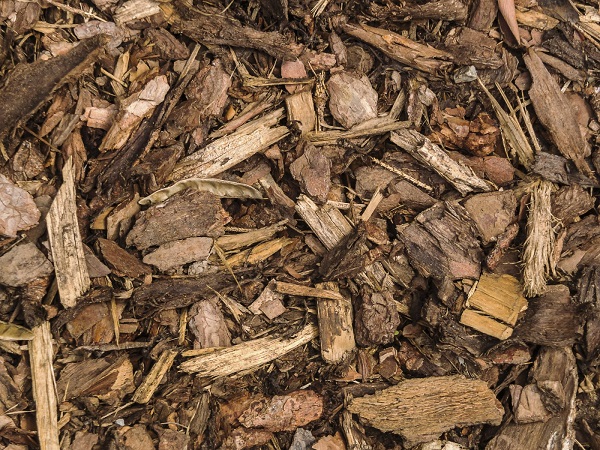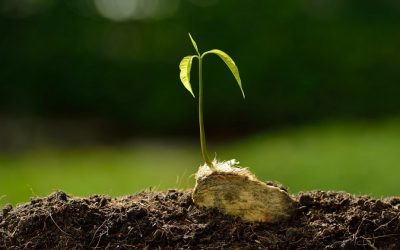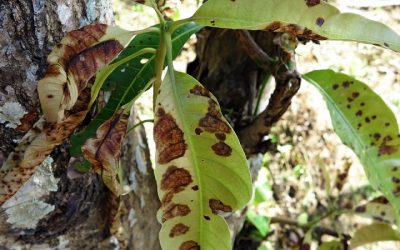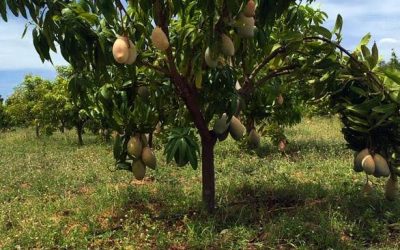
Wood chips
Best when applied in a layer 50mm to 100mm thick.
Advantages
– Absorbent and lets water in effectively.
– Cools soil and controls weeds.
– Many wood types and particle sizes are available, but avoid large chips.
Disadvantages
– Decomposes in a year or two, depending on the wood and particle size.
– Small particles require nitrogen as they decompose quickly.
Sawdust
Best when applied in a layer 20mm to 75mm thick.
Advantages
-It’s good for soil that’s easily waterlogged, as it lets water in slowly, absorbs a great deal, and not all the water reaches the soil.
– Increases the water-holding capacity of soil as it disintegrates, and forms a barrier that compacts in time.
Disadvantages
– Breaks down rapidly.
– Blows in the wind when it’s dry, and crusts.
– Regionally available.
– Needs nitrogen added to the soil or to the sawdust to avoid nitrogen depletion.
– Some wood types disintegrate slower.
Shredded bark
Best when placed in a layer 50mm to 100mm thick.
Advantages
– Binds the soil.
– Lets water in, holds it in the soil well and builds the moisture-holding capacity of soil.
– Looser than wood chips and more open than sawdust.
Disadvantages
– Expensive.
– May compact in time.
– Can be unsightly and ineffective if applied too thinly.
Chunk bark
Best when applied in a layer 20mm to 50mm thick.
Advantages
– Because it has a coarse texture and large particles, it lets more water in.
– Long lasting.
– Allows water to pass through the mulch layer.
Disadvantages
– Fairly expensive.
– Regionally available.
– Breaks down slowly, so it doesn’t improve soil texture.


